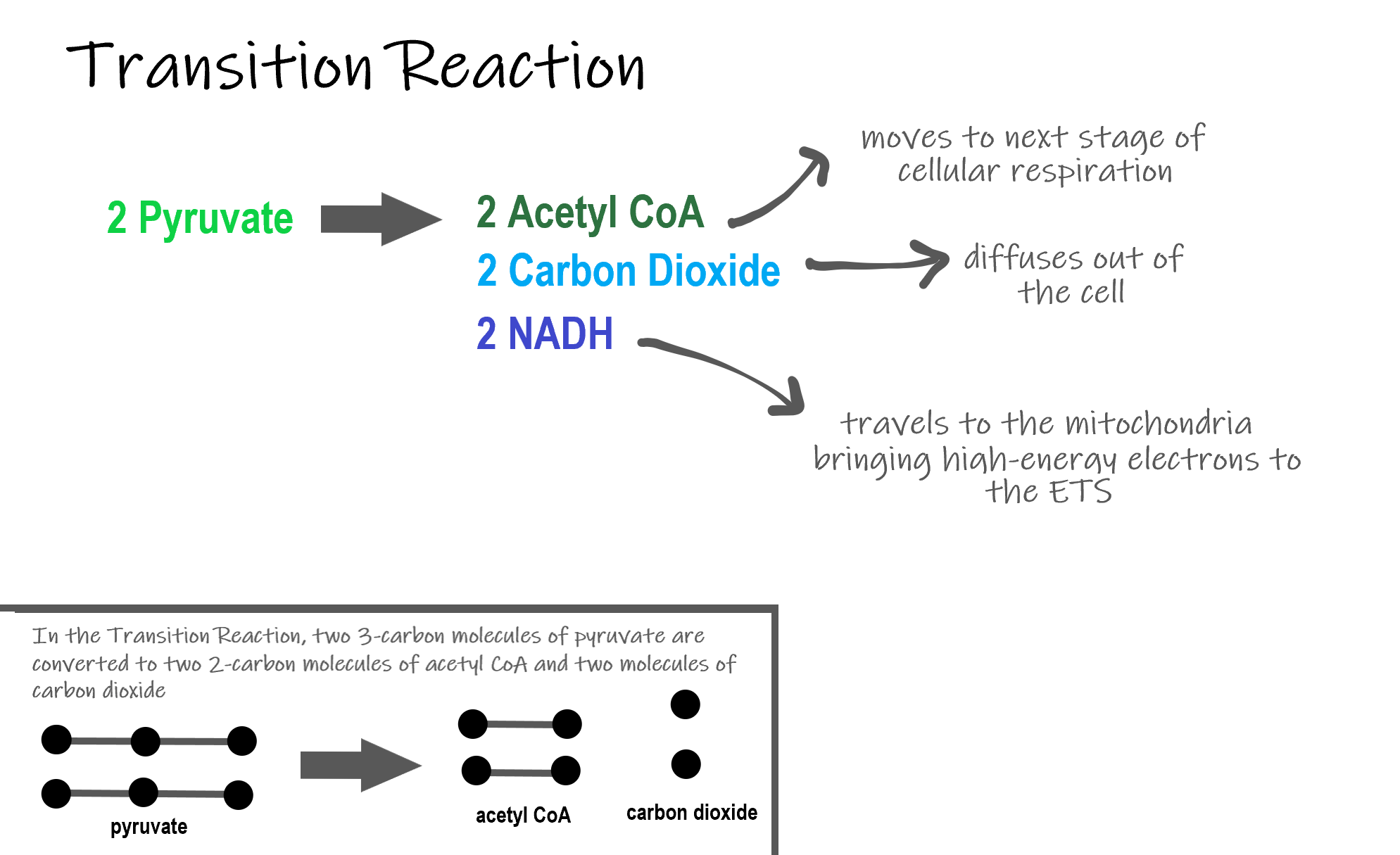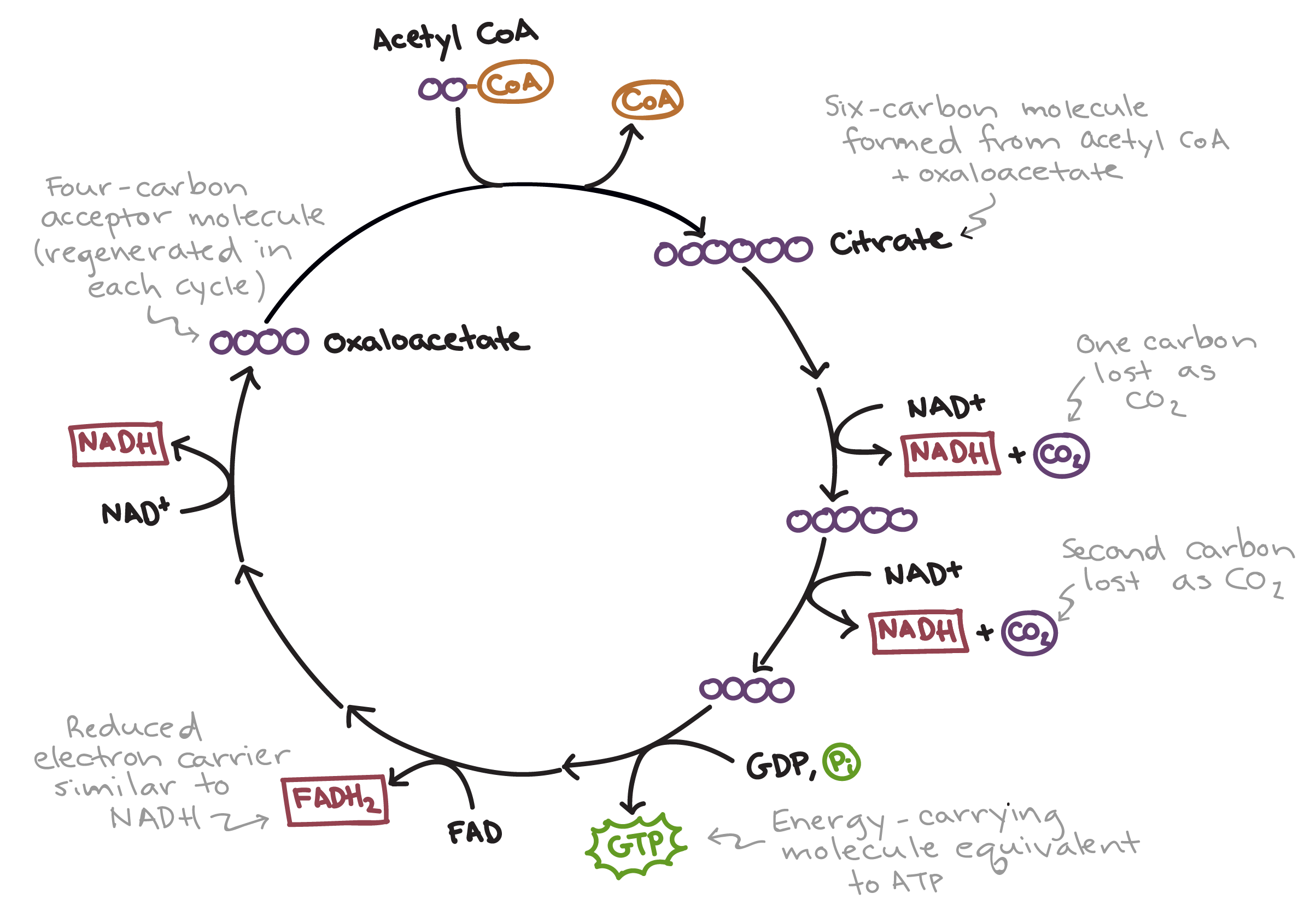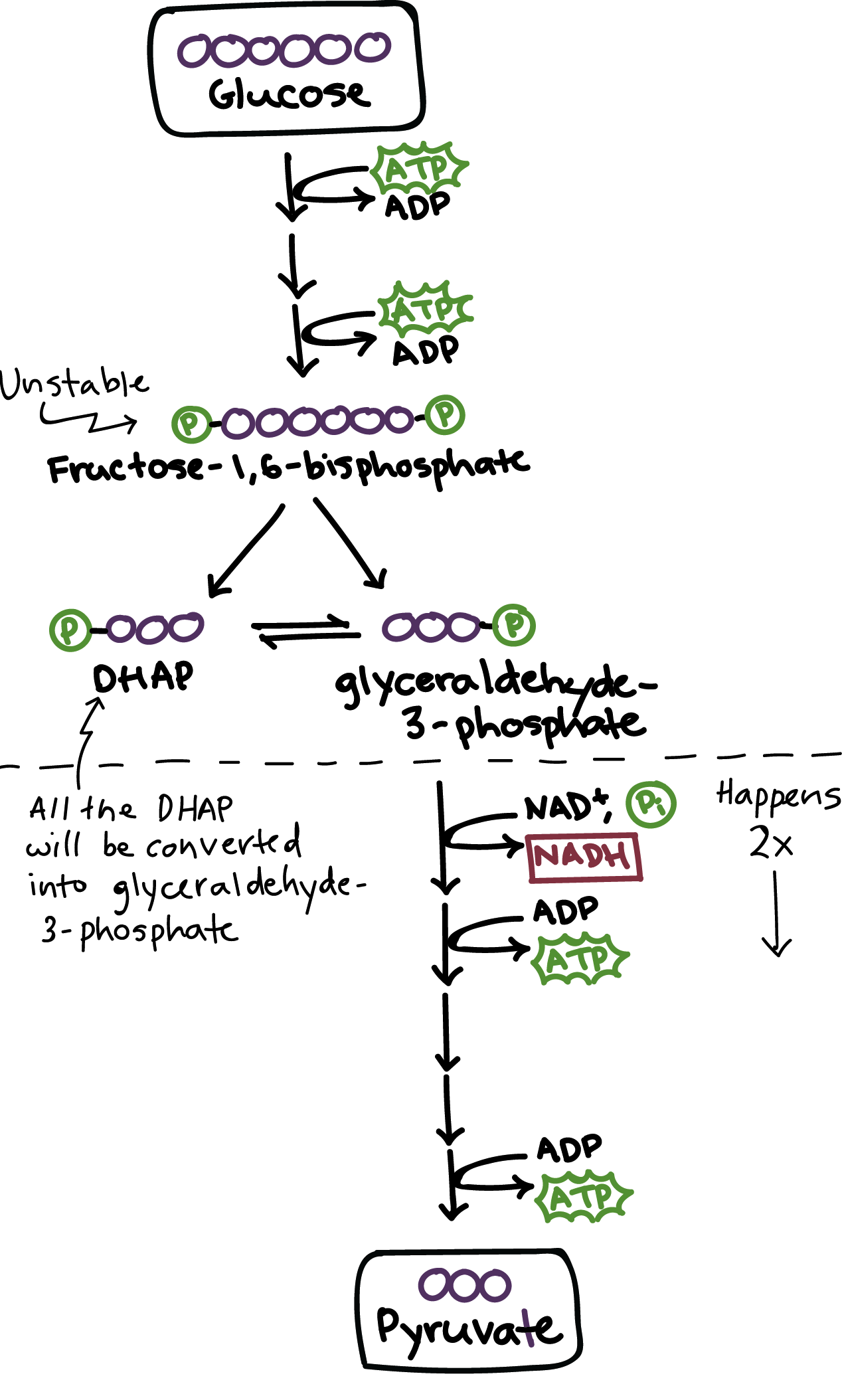Cellular Respiration Formula Explained

During this activity the students work with a group to discuss the compounds and conditions that need to be present in order.
Cellular respiration formula explained. The reactions involved in respiration are catabolic reactions which break large molecules into smaller ones releasing energy because weak high-energy bonds in. Cellular respiration occurs in both eukaryotic and prokaryotic cells with most reactions taking place in the cytoplasm of prokaryotes and in the mitochondria of eukaryotes. C 6 H 12 O 6 6 O 2 -- 6 CO 2 6 H 2 O ATP is the complete balanced chemical formula for cellular respiration.
Chemical structures of nad and nadh. Such processes are explained below. Adenosine triphosphate chemical found in most living cells and used for energy.
Cellular respiration is a process that is undergone in cells to break down molecules and produce ATP. Cellular respiration formula explained. C 6 H 12 O 6 6 O 2 6 CO 2 6 H 2 O Energy as ATP The word equation for this is.
There are two types of electron carriers that are particularly important in cellular respiration. It is the process of cellular respiration that takes place in the presence of oxygen gas to produce energy from food. The balanced chemical equation for this reaction is c6h1206 6o2 6co2 6h2o energy atp.
Cellular respiration or aerobic respiration is a series of chemical reactions which begin with the reactants of sugar in the presence of oxygen to produce carbon dioxide and water as waste products. The energy released from the broken down molecules are a result of spontaneous catabolic reactions. Google Classroom Facebook Twitter.
Cellular respiration formula is the collective term for a number of different processes which convert biochemical energy derived from nutrients into a molecule called adenosine triphosphate atp the form of usable chemical energy needed to drive cellular processes. C 6 H 12 O 6 glucose 6O 2 36 ADP depleted ATP 36 P i phosphate groups 6CO 2 6H 2 O 36 ATP. ENE1L5 EK ENE1L7 EK Cellular respiration is a metabolic pathway that breaks down glucose and produces ATP.


















